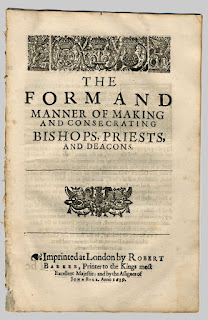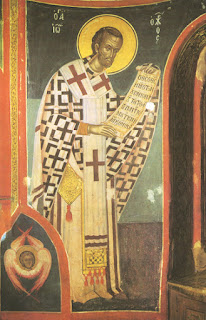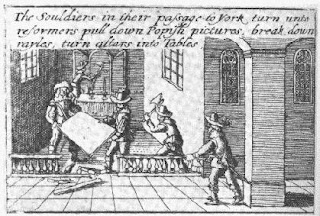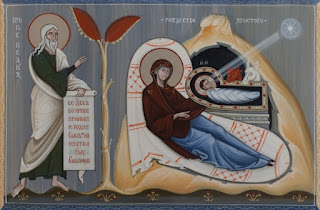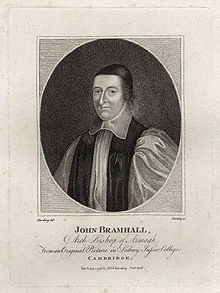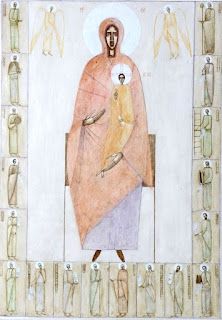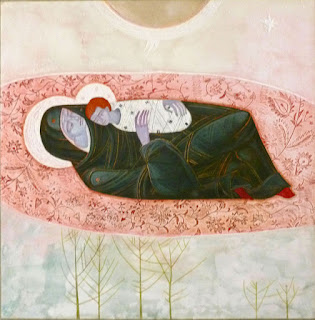The Life of the World to Come: a homily for Epiphany IV

‘Then we will see face to face’: the life of the world to come At the early Eucharist on the Fourth Sunday after the Epiphany, 2022 I Corinthians 13 “We look … for the life of the world to come.” Week by week we declare this in the Creed we profess at the Eucharist. It is, however, probably one of those aspects of the Christian Faith that many of us shy away from. There has been a tendency, stretching back over the last century, for Christians to focus on those aspects of the Faith that are primarily concerned with the life of this world, not the life of the world to come. We want others to know, in the words of the Christian Aid slogan, that Christians ‘believe in life before death’. But, while it is obviously important to remind ourselves of our commitment as Christians to the life of this world, we fail to say something of foundational significance if we avoid the Creed’s declaration: “We look … for the life of the world to come”. Words from Saint Paul in our epistle read...
